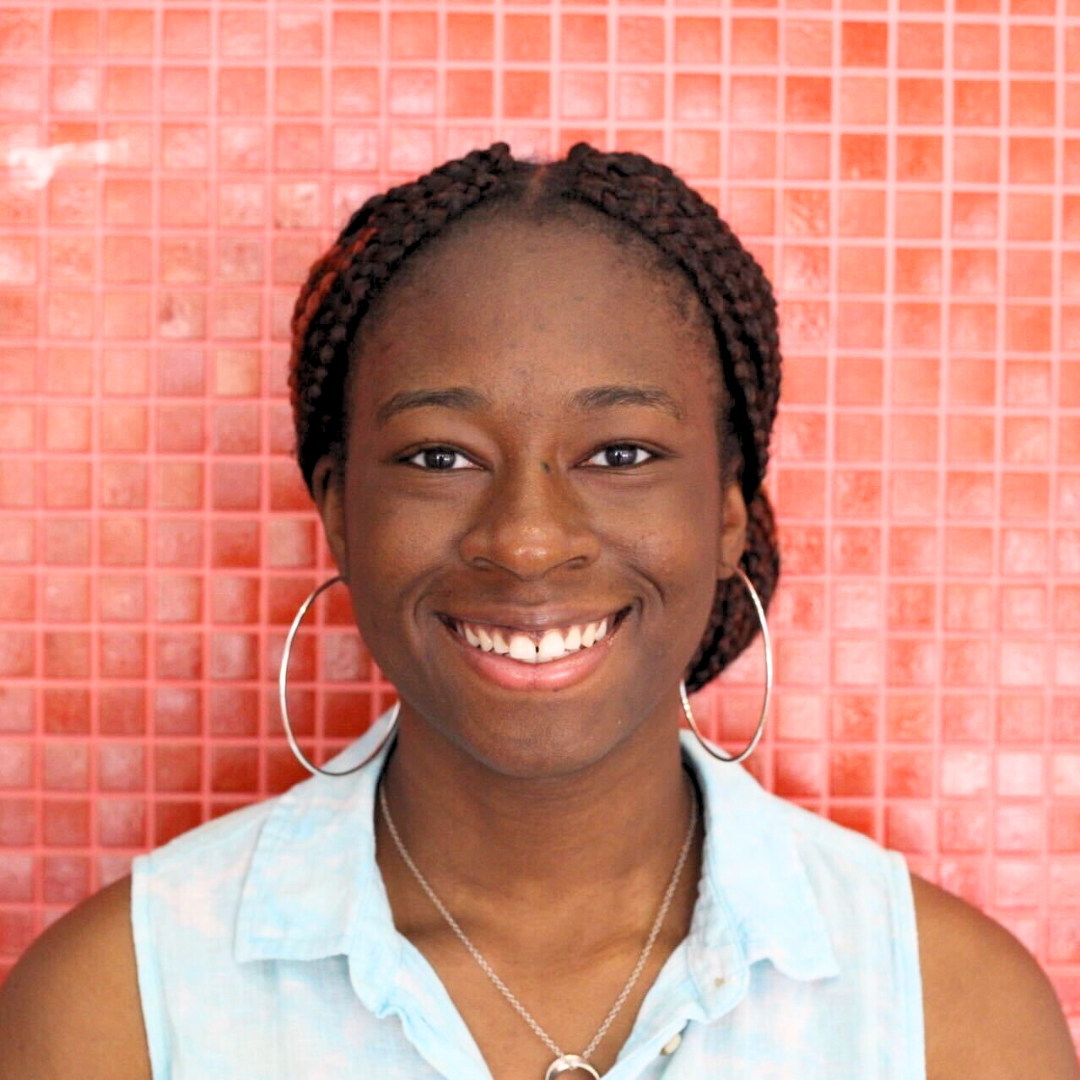A possible solution to a burning issue for students at the U of O
Artificial intelligence (AI) usage by students sprung into the public eye in late 2022. All of a sudden, new questions about academic integrity in high schools and universities became the forefront of conversations for education professionals. However, to understand our current reality, it is essential to deduce how we got here.
Artificial intelligence is defined by the International Business Machines Corporation (IBM) as “technology that enables computers and machines to simulate human learning, comprehension, problem solving, decision making, creativity and autonomy.”
This means that AI is an umbrella term and not a monolith. This fact is vital to take into consideration when debating the potential contents of an official U of O AI policy. While the past two years have focused on a specific type of AI (generative AI), artificial intelligence is much broader than that.
Moreover, AI has also been in the education system for longer than we think. It made its debut in learning around the 1960s where the machine learning model PLATO was used to teach students basic math and science concepts at Stanford University. Since then, it has been used in schools for various purposes by students and teachers alike: automatic grading, individualized learning, automated instruction, adaptive learning, and more.
This proves that the existence of AI in itself is not the issue. The problem lies in the potential applications of AI in the educational realm today, and the consequences that that might spell for students’ skill building and the definition of ethical practice in the future.
The rapid rate of growth in AI over the past few years has brought several drastic changes to education. Nowadays, AI-powered tools can perform tasks in the place of students rather than just assisting in their learning. AI-powered apps like PhotoMath help students solve math problems just by taking a picture of the equation. Generative AI like ChatGPT and Gemini help students generate text in moments.
While the wrong applications of these AI may be counterproductive to student learning and make school boards anxious, some types of AI usage is welcomed by teachers and students. An example is in software engineering, where students use AI to reduce the complexities of code generation, translation, and verifications.
The complexities and diversity seen in the use and classifications of artificial intelligence brings into question the feasibility of an overarching U of O policy on AI. The Fulcrum spoke to students to see what their opinions on an official university AI policy was.
Some students welcomed the idea, stating that the inconsistencies between their professors made them wish there was a basic uniform rule that everyone was mandated to follow on AI. Third-year international development student, Sophie Nwachi, stated “I would like the university to have general guidelines to direct students on how to use AI. I think it would be nice if it was included in the Academic Integrity module we are mandated to do. However, I understand it’s not that simple.”
Other students preferred that their professors have control over the AI policies, and were averse to having an overall university policy at all. Second-year biomedical science student, Paula Monday-Ogidi, said, “As a medical student, I feel like AI helps me get work done faster. I don’t think the university should have an official policy on artificial intelligence.”
Lead writing mentor, Kaleb Shumway, works at the Academic Help Writing Centre at the U of O. There, he meets with students impacted by the current way the university is handling the integration of modern AI to learning. Some students are confused about what to do and are constantly afraid of crossing boundaries. Other students just do what they feel is right because there are no official rules.
Under the current way of handling AI integration, “professors either impose a blanket ban on AI usage, allow it without restraint or have an ambiguous policy,” according to writing mentor, Claire MacDonell. This is not the most effective way of handling AI usage at the U of O. It is inefficient and there is clearly a need for some sort of official AI policy.
“The university should have an official policy obliging professors to be very clear in their syllabi where and how exactly students are allowed to use AI tools,” remarked Shumway. “It should be something that the university pushes on to the professors as an essential because they are the guardians of the integrity of the education on campus.”
Considering all these factors, an official AI policy is best left in the hands of departments. This would give students the clarity they need to understand their limitations in AI usage. It will also allow for flexibility in the range and application of the policy: departments would be free to dictate the broad practices and boundaries of AI usage as prescribed by their disciplines. Meanwhile, professors will be able to add on fine details of AI usage regulations in their course codes depending on their preferences.
Ultimately, while there is a need for an official AI policy at the U of O, it is clear that the policy should not come from the university itself — the complexities and diversity in AI application does not make that a feasible option.
However, the university can mandate departments to create official policies to help guide students. All parties have a distinctive role to play in ensuring the University of Ottawa provides its students with clear instructions on the right ways to integrate modern AI into their learning. AI, generative or not, is here to stay and the university must adapt swiftly and accordingly.





